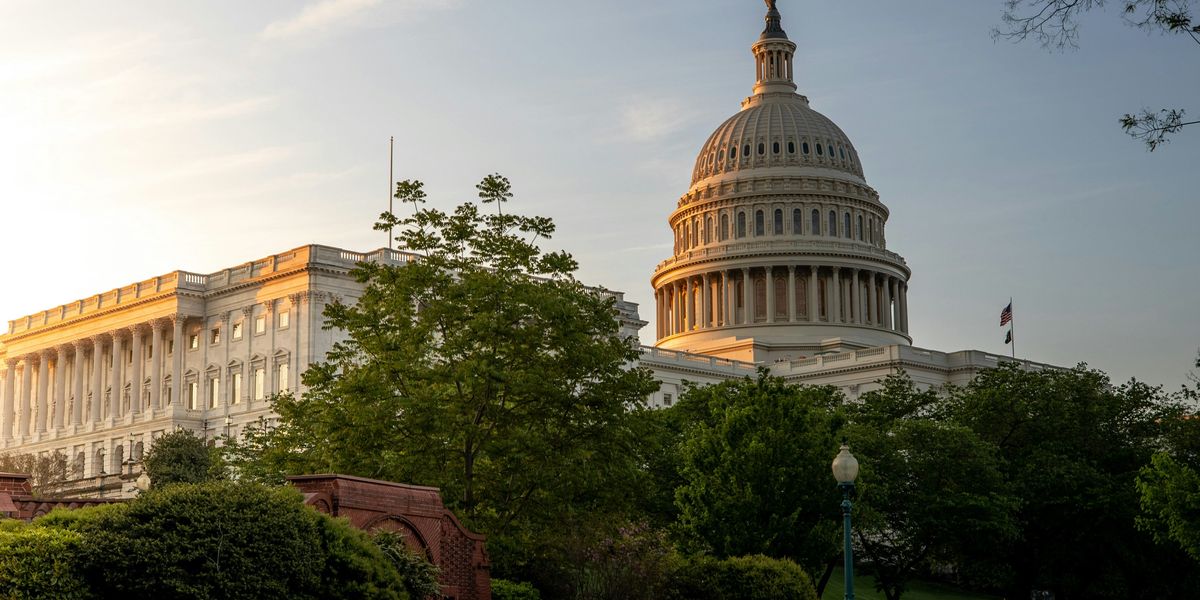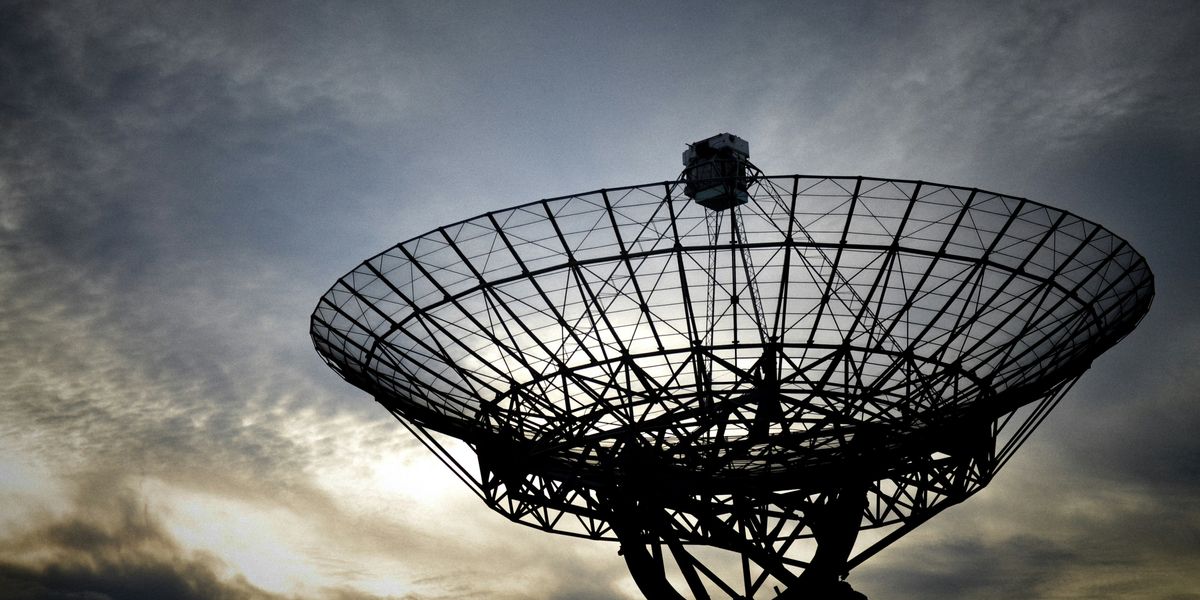
How deregulation and climate change threaten maternal health across the U.S.
Looser environmental rules and shrinking reproductive rights are combining to put pregnant people — especially in marginalized communities — at increased risk from pollution and extreme heat.
Sarah Mattalian reports for Inside Climate News.
In short:
- The U.S. Environmental Protection Agency plans to roll back 31 pollution safeguards, including rules that protect fetal brain development from airborne toxins.
- Researchers have found toxic chemicals from coal plants and wildfire smoke in placentas, with high heat linked to preterm labor.
- Southern and Midwestern states with strict abortion laws often also face high pollution and disaster risks, compounding threats to reproductive health.
Key quote:
“Health care in this country is impacted by how much money you have and where you live, and it’s exacerbated by racism.”
— Renee Bracey Sherman, reproductive justice activist and writer
Why this matters:
Pregnancy is a time of profound physiological change, and with that comes increased vulnerability to environmental stressors. As temperatures rise and pollution intensifies, the risks to pregnant people are stacking up. Research has shown links between exposure to air pollutants or extreme heat and complications like preterm birth, low birth weight, and preeclampsia. These threats don’t hit everyone equally. Black, Latino, and low-income communities, often living in areas with higher pollution and less access to quality medical care, bear the brunt of these escalating dangers.
Places like Louisiana’s Cancer Alley — a stretch of the Mississippi River lined with petrochemical plants — illustrate the harsh intersection of pollution, poverty, and reproductive injustice. Here, expectant parents may breathe in carcinogenic air while struggling to access prenatal care. These aren’t hypothetical risks; they show up in elevated infant mortality rates and rising maternal health crises.













